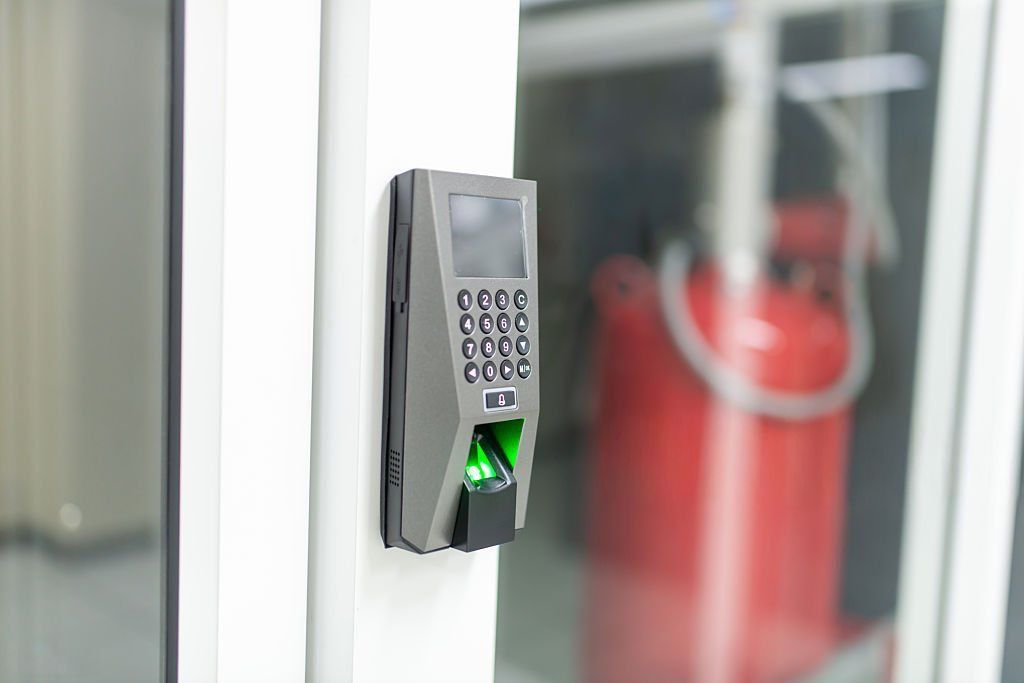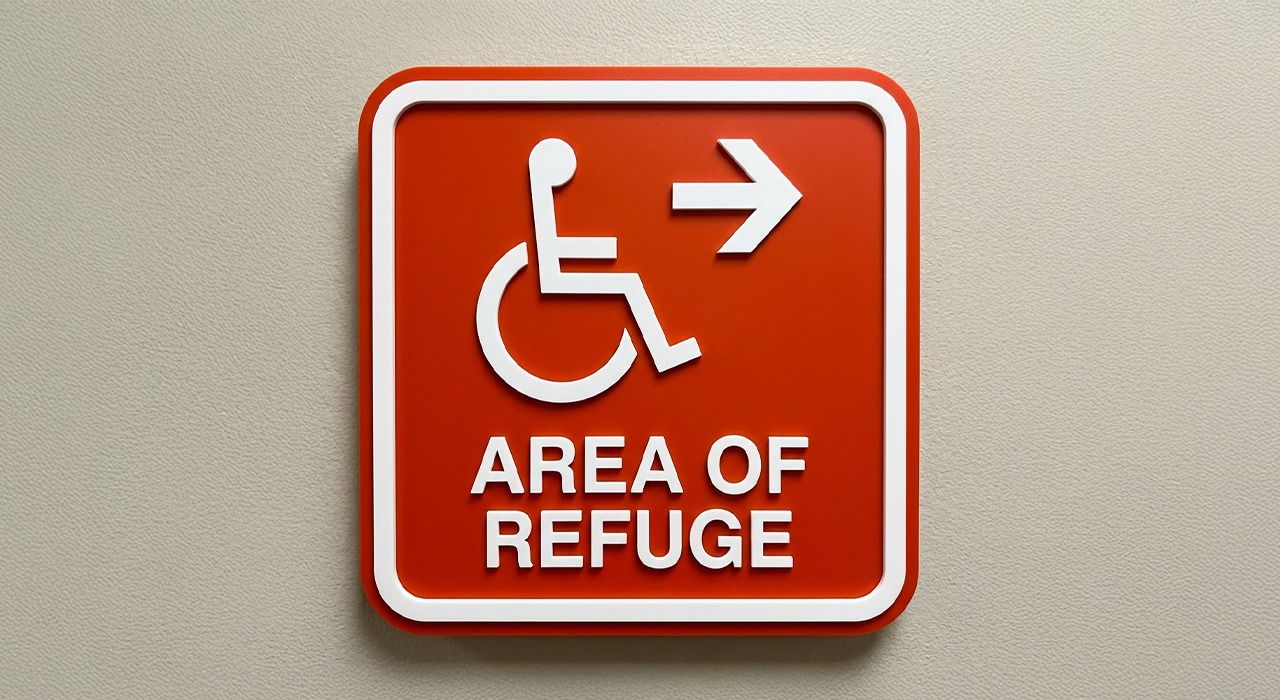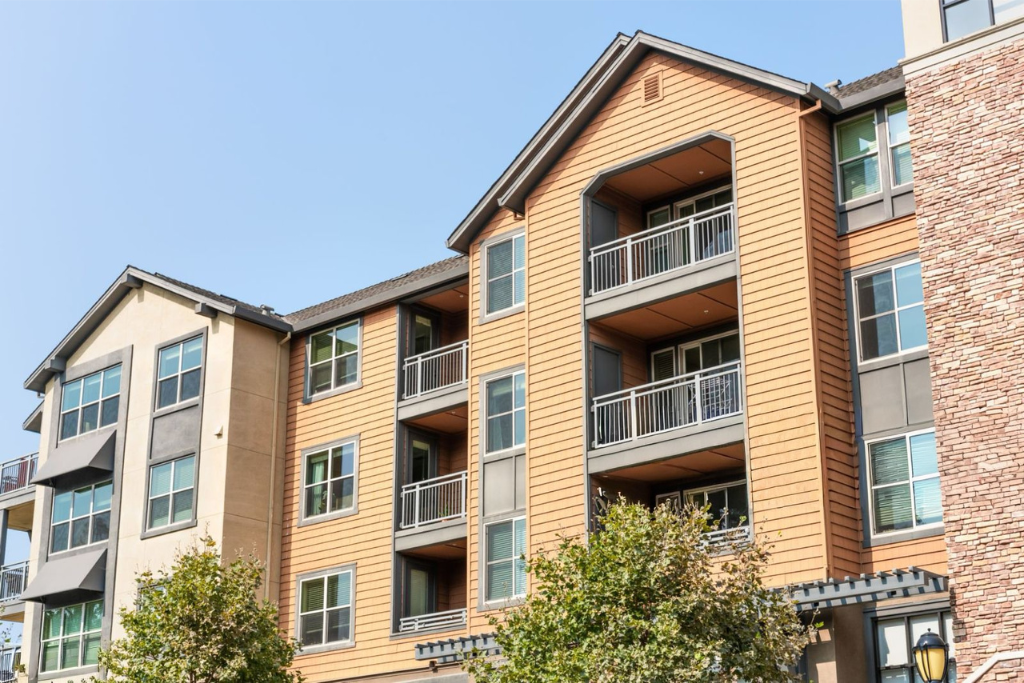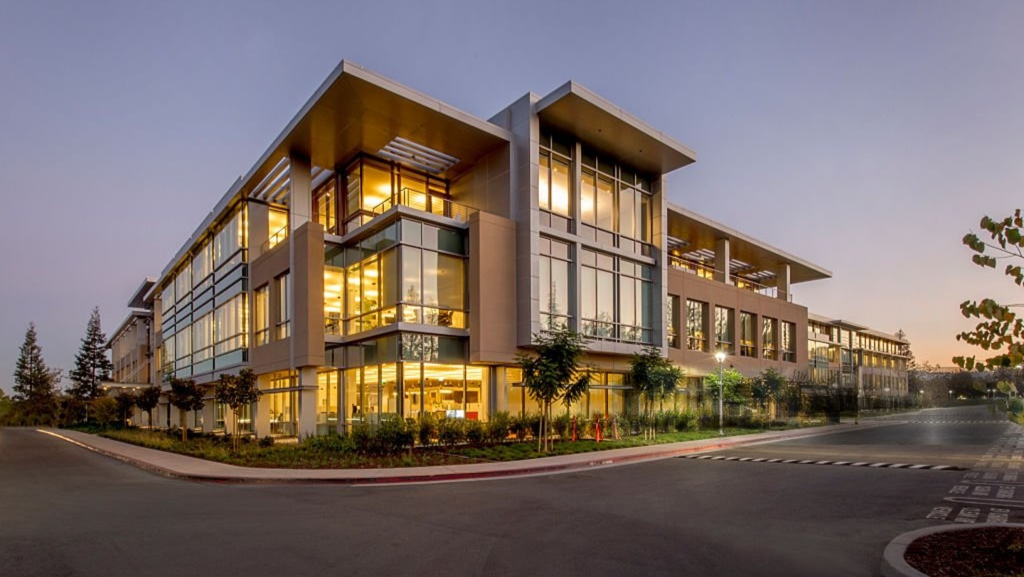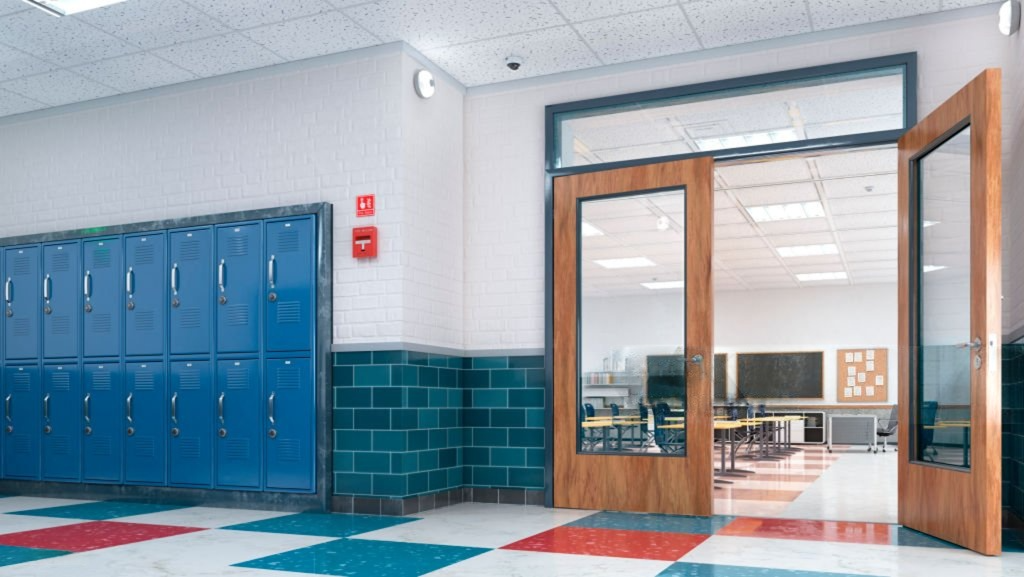Navigating Local Fire Regulations: A Guide for Southern California
Understanding Your Authority Having Jurisdiction (AHJ)
The most important concept in navigating local fire regulations is the Authority Having Jurisdiction (AHJ). In most cases, your AHJ for fire safety is your local fire department or fire marshal's office. They are the entity responsible for enforcing fire codes and approving fire protection systems within their specific geographical area. Because California is so diverse, with varying population densities, building types, and wildfire risks, local AHJs play a critical role in tailoring fire safety requirements.
Why your AHJ matters:
- Local Amendments: AHJs often adopt local ordinances that modify or add to the California Fire Code. These amendments might address unique local hazards (e.g., high wildfire risk areas, dense urban environments) or specific building types prevalent in their jurisdiction.
- Interpretations and Enforcement: Even without formal amendments, AHJs have discretion in interpreting and enforcing code provisions. Their local knowledge and priorities can influence how inspections are conducted and what specific measures are emphasized.
- Permitting and Approvals:
Any new construction, major renovations, or installation of fire protection systems will require permits and approvals from your local AHJ.
How to Identify Your Specific Local Regulations
Here’s a step-by-step guide to uncovering the local fire safety regulations applicable to your commercial property:
- Identify Your AHJ: Determine which specific fire department or fire marshal's office has jurisdiction over your property. This is usually based on the city or unincorporated county area where your building is located.
- Visit Their Official Website: Most fire departments or city/county building departments have a section on their website dedicated to fire prevention, codes, and ordinances. Look for:
- Adopted Codes: A list of the fire codes they have adopted (e.g., the 2022 California Fire Code with local amendments).
- Local Ordinances: Specific local laws or amendments related to fire safety.
- Permit Information: Details on required permits for fire system work.
- Contact Information: Direct contacts for fire prevention officers or plan checkers.
- Contact Your Local Fire Department (Fire Prevention Division): This is the most direct and reliable method. Call or email their fire prevention or code enforcement division. Explain that you are a property manager/owner of a commercial building at a specific address and you want to ensure full compliance with all local fire safety regulations. Ask for: 1) A list of all locally adopted fire codes and ordinances. 2) Information on any specific requirements for your type of occupancy (e.g.,office, retail, industrial). 3) Guidance on common deficiencies they observe in your area. 4) Details on their inspection process and frequency.
- Review Your Property’s Fire Safety Records: Past inspection reports from your AHJ will often highlight specific local requirements or areas of concern. These reports are invaluable resources.
- Consult with Fire Protection Professionals: Engage a local fire protection engineer or consultant. Companies like
Fire Testing Solutions specialize in understanding the complex web of state and local regulations. They are often intimately familiar with the nuances of various AHJs in Southern California and can provide tailored advice, conduct pre-inspections, and help interpret specific requirements for your property.
Checklist for Building Owners, Property Managers, and Compliance Officers
Use this checklist to ensure you are covering all bases for local fire safety compliance:
I. Identify and Understand Your AHJ
- [ ] Clearly identify the specific fire department/fire marshal’s office responsible for your property.
- [ ] Obtain a copy or access to all locally adopted fire codes and ordinances.
- [ ] Understand any specific interpretations or enforcement priorities of your local AHJ.
- [ ] Establish a direct contact within the fire prevention division for questions.
How Fire Testing Solutions Can Help: We can assist in identifying your correct AHJ and provide insights into their specific interpretations and common enforcement practices.
Contact us.
II. Property-Specific Review
- [ ] Review your building’s occupancy classification and ensure it aligns with current codes.
- [ ] Identify any unique hazards or features of your property that might trigger additional local requirements (e.g., high-piled storage, special processes, WUI location).
- [ ] Check for any specific local requirements related to defensible space, particularly if in a wildfire-prone area (e.g., Zone 0 requirements).
- [ ] Verify compliance with local requirements for fire department access, hydrants, and Knox Box locations.
How Fire Testing Solutions Can Help:
Our experts can conduct a thorough property assessment to identify all applicable local requirements based on your building's characteristics and location, especially concerning wildfire-prone areas.
Contact us.
III. Inspection, Testing, and Maintenance (ITM) Program
- [ ] Ensure your ITM program for all fire protection systems (sprinklers, alarms, extinguishers) meets both NFPA standards and any stricter local frequencies or testing methods.
- [ ] Confirm that all ITM records are meticulously maintained and readily accessible, preferably in a digital format.
- [ ] Verify that all required permits for fire system work (installations, modifications, major repairs) are obtained from the AHJ.
How Fire Testing Solutions Can Help: We provide comprehensive ITM services that are compliant with both NFPA standards and local AHJ requirements. We can also implement data-driven ITM solutions for digital record-keeping and streamlined compliance reporting.
Contact us.
IV. Emergency Planning and Occupant Safety
- [ ] Review and update your building’s emergency action plan and fire prevention plan to incorporate any local AHJ-specific requirements.
- [ ] Ensure fire drills and occupant training frequencies meet local mandates.
- [ ] Confirm emergency lighting and exit signage comply with local standards.
How Fire Testing Solutions Can Help:
We can assist in developing and reviewing emergency plans to ensure they align with local fire department expectations and conduct training sessions for your staff.
Contact us.
V. Ongoing Vigilance
- [ ] Stay informed about any upcoming code changes or new ordinances from your local AHJ.
- [ ] Conduct regular internal self-inspections to catch minor issues before they become compliance problems.
- [ ] Address all inspection deficiencies promptly and document corrective actions.
How Fire Testing Solutions Can Help: We are offer ongoing consultation and can keep you updated on the latest code changes and local amendments, helping you proactively adapt your fire safety strategies.
Contact us.
Final Thoughts
Fire safety compliance in Southern California can be complex, with local amendments layered on top of state codes. That’s why involving an expert like Fire Testing Solutions is essential. We understand the local requirements, know what questions to ask your Authority Having Jurisdiction (AHJ), and help ensure nothing gets missed.
With our guidance, you can avoid costly oversights, reduce risk, and stay fully compliant. Let us handle the details so you don’t have to.
Contact us today for a free consultation.

